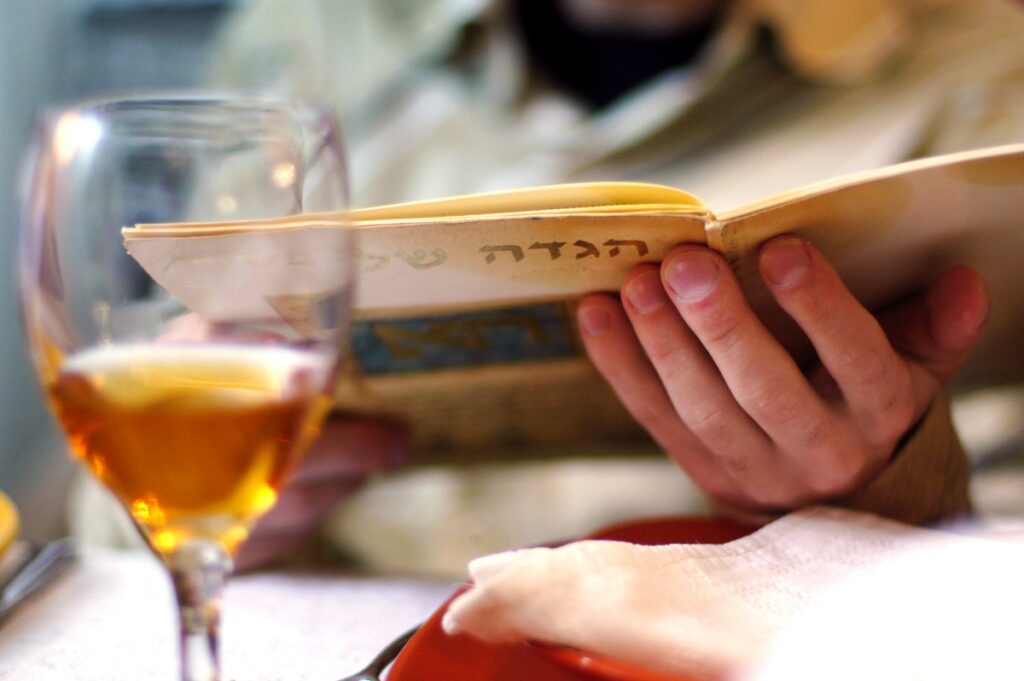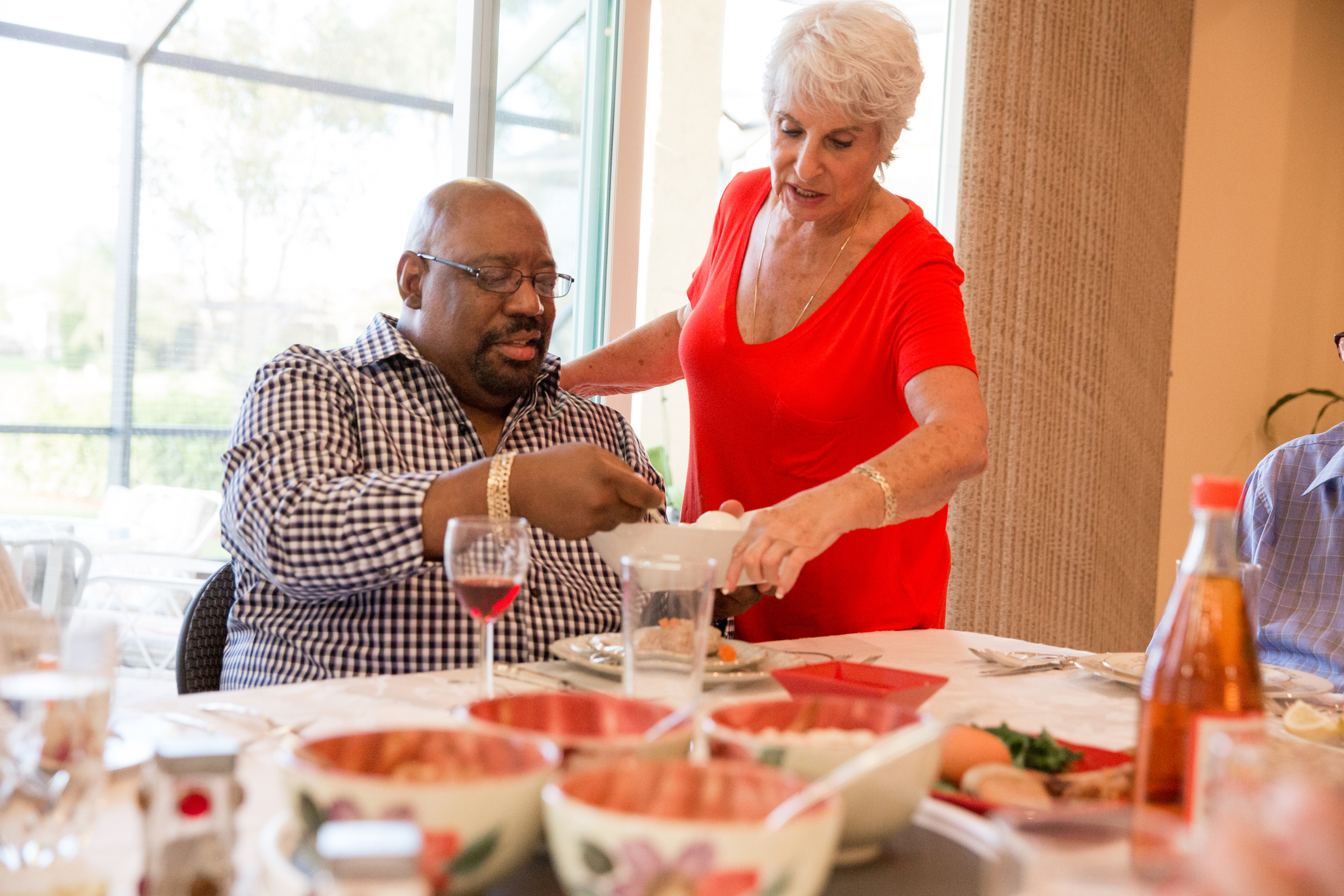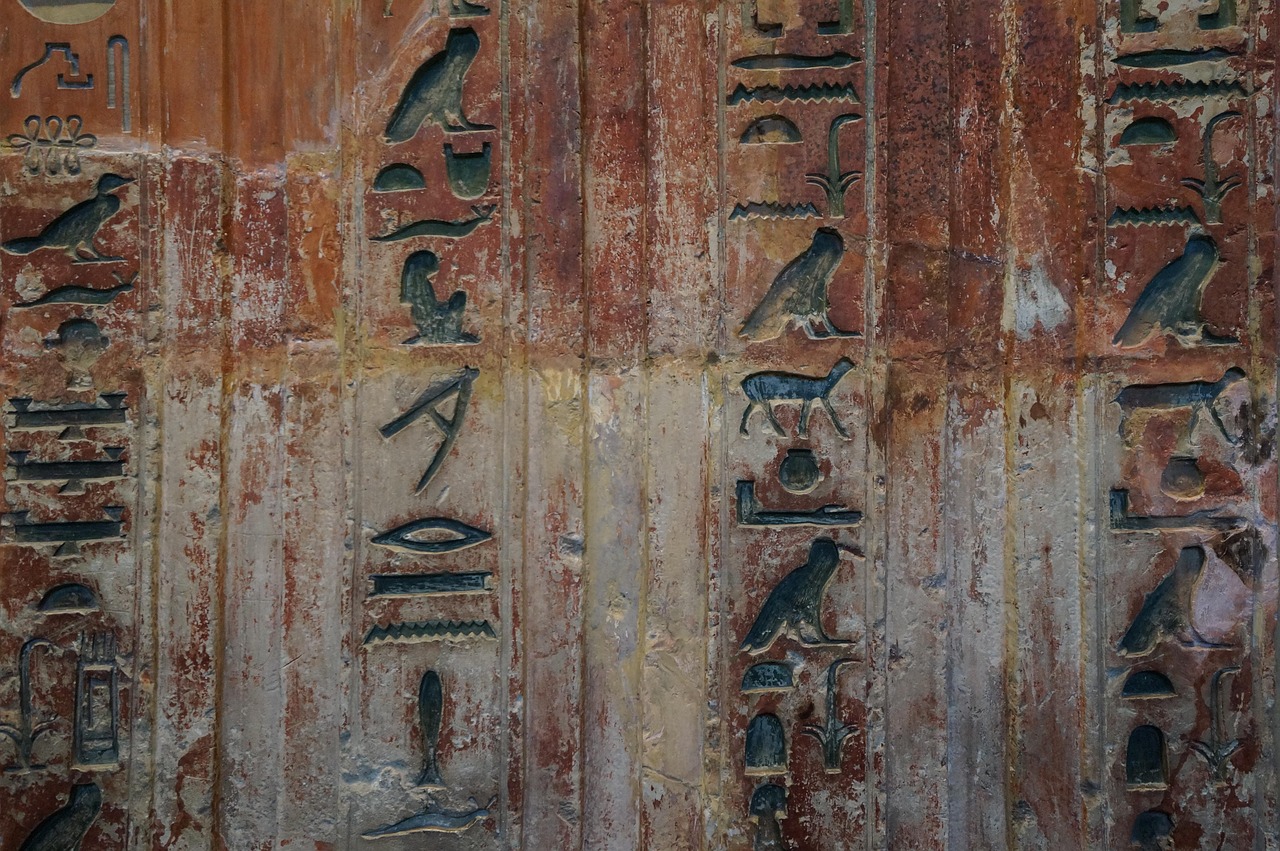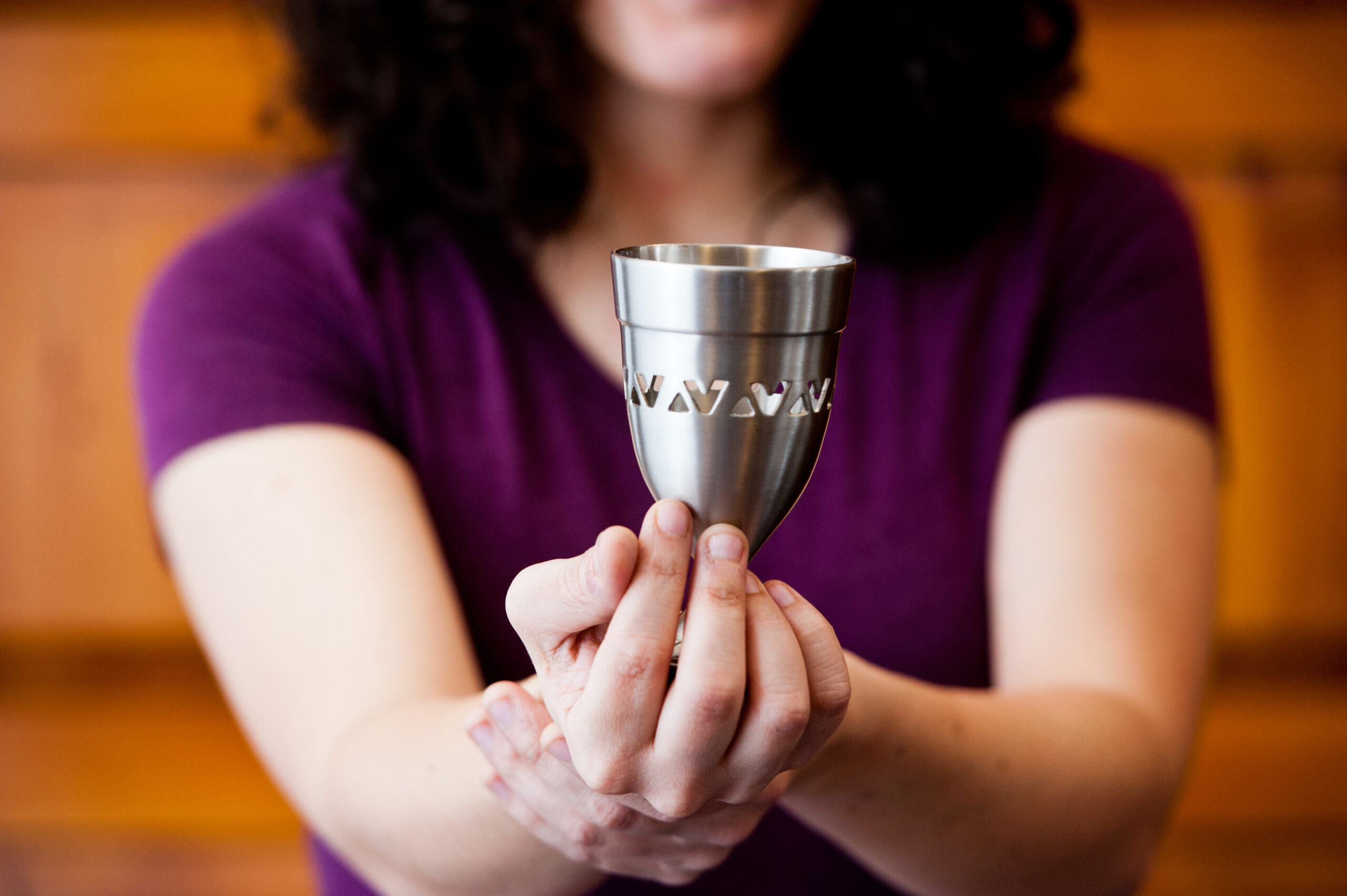WHEN POURING WINE OUT WHILE RECITING THE PLAGUES
On the surface, the beloved ritual of pouring out one drop of our wine for each of the Ten Plagues to lessen our joy seems clear enough: even though we were redeemed, it came at the suffering of others. Some people choose to name other contemporary “plagues” after these ten – racism, greed, disease, destroying natural resources, and so on.
AFTER RECITING THE PLAGUES
Besides one verse in “Dayenu,” the Haggadah does not give a lot of attention to where we will be seven weeks after the Exodus: receiving the Torah. At Mount Sinai, Aseret Ha’makot, the ten plagues, are replaced by the Decalogue, Aseret HaDibrot, ten utterances, that are famously referred to as the “The Ten Commandments” (though if you read them closely, you’ll find more than ten). Pharaoh’s power over us is replaced with God giving us the power to make good choices at every step of our lives. The number ten is also significant in Jewish mystical tradition; there are Ten Sefirot, ten ways in which God flows into our world. Rabbi Isaac Luria, one of the foremost Kabbalists of the medieval period, arranged his Seder table so that the three matzot, together with the six items on the Seder plate and the plate itself, resembled the shape of these Ten Sefirot interconnected, a tradition that continues to this day.
Besides one verse in “Dayenu,” the Haggadah does not give a lot of attention to where we will be seven weeks after the Exodus: receiving the Torah. At Mount Sinai, Aseret Ha’makot, the ten plagues, are replaced by the Decalogue, Aseret HaDibrot, ten utterances, that are famously referred to as the “The Ten Commandments” (though if you read them closely, you’ll find more than ten). Pharaoh’s power over us is replaced with God giving us the power to make good choices at every step of our lives. The number ten is also significant in Jewish mystical tradition; there are Ten Sefirot, ten ways in which God flows into our world. Rabbi Isaac Luria, one of the foremost Kabbalists of the medieval period, arranged his Seder table so that the three matzot, together with the six items on the Seder plate and the plate itself, resembled the shape of these Ten Sefirot interconnected, a tradition that continues to this day.
BEFORE SINGING DAYENU
Sometimes we give so much attention to figuring out what to do with the wine on the tip of our fingers, our napkins, or our appetizer plates, that we may have not noticed the next section of many Haggadot (yes, even the Maxwell House ones!). Arithmetic meets the rabbinic practice of not taking anything for granted, of recognizing the value of multiple perspectives, of questioning everything. Just when we thought the biblical tradition was quite clear that there were aseret makot, ten plagues, our sages call that into question by citing a few Torah verses in the book of Exodus: if one plague in Egypt was implemented by the “finger of God,” and our ancestors saw the “hand of God” (which, when we imagine God in human terms, has five fingers) while crossing the Sea of Reeds, isn’t that five times as many plagues? Are ten plagues really fifty? The questions go on, even leading to an interpretation of 250 plagues!
A SEDER PRAYER BEFORE THE BLESSING PRECEDING THE SECOND CUP OF WINE
Go’el Yisrael, Redeemer of Israel, our sages of blessed memory teach us b’hol dor va’dor, in every generation, to imagine ourselves as if we had personally left ancient Egypt. Just as we use our own privilege to call out oppression of others, may we feel the care of allies who would risk life and limb to make sure no harm befalls us. May we recognize that so many of the world’s plagues today are human-made, and that means that we must be Your hands, Your fingers, O God, striving to create anew each day a world that is just, a world that is equitable, a world that is compassionate, a world that is healing.
Just as our sages found ways of seeing ten plagues multiplied into hundreds of moments of awe that expressed Your presence, may we find Your awesome presence in justice, in equity, in compassion, and in healing. May the “Ten Commandments” of Mount Sinai be among 613 commandments of the Torah, and these 613 multiply into thousands upon thousands of moments to bring Your presence into the world as we uplift one another.
And let us say, Amen.













